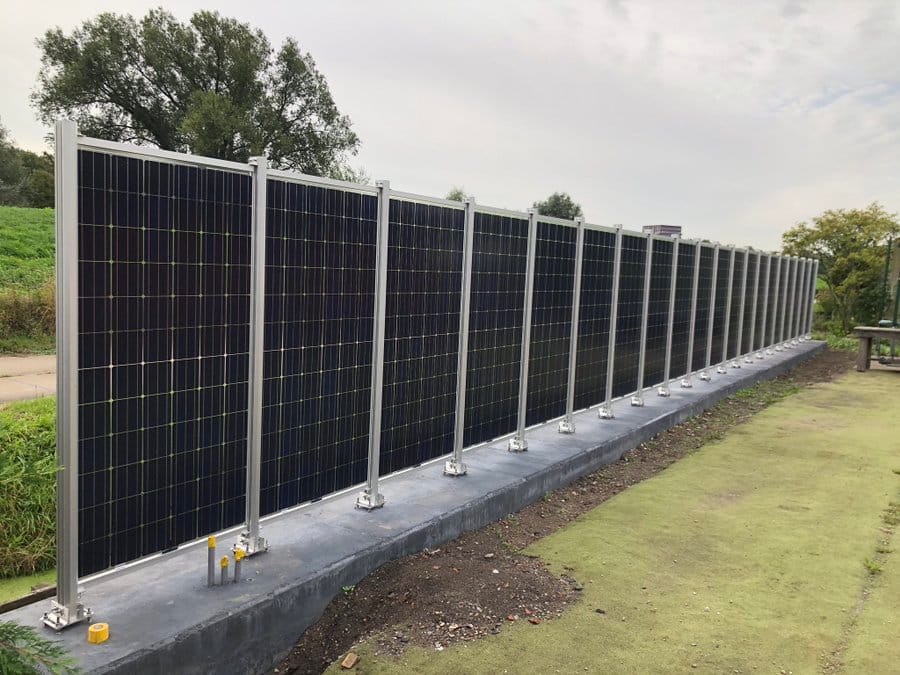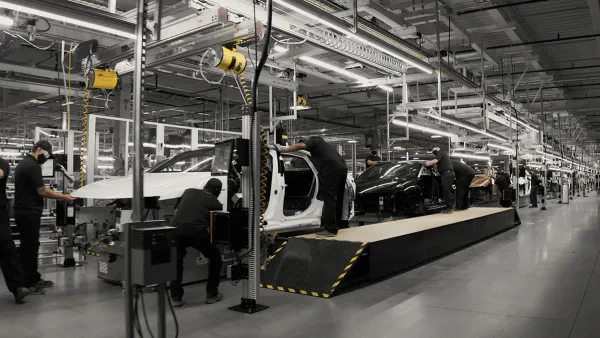The choice between cheap green tech or local green tech

A few weeks ago I posited the idea that as China “exports deflation” with super cheap EVs and solar panels, the US will need to choose between building out its green energy base faster with cheap Chinese goods, or protecting its nascent green tech industry with tariffs. Now, we’re beginning to get an idea of what those two choices might look like.
Last week US Treasury Secretary Janet Yellen staged an event at a swing state solar panel manufacturer to warn China that, “China’s overcapacity distorts global prices and production patterns and hurts American firms and workers” and that China needs to take “necessary steps to address this issue.”
Meanwhile, in Europe, Politico reports that EU ministers plan to abandon support of local solar manufacturers as the companies lay off hundreds of workers. Last year China provided 80% of Europe’s panels, while local companies only produced 3% of the EU’s needs.
The result of Europe’s decision is that solar panels are so cheap that residents are using them as fencing. Scaffolding and roof installation labor costs have become a bigger cost than the panels themselves, which fell to 11-cents each in March, half of the cost a year ago.
Exactly how long these prices will stay low is a mystery, as China is expected to produce twice the global solar panel demand this year, and as much as three times the world’s demand in 2025. The Financial Times reports one manufacturer complaining of crates of unsold panels sitting in Chinese warehouses long after closing their factory. In a market economy these companies would eventually go bust, but perhaps the Chinese government will support green tech’s losses as a matter of national economy policy.
China seems to be accelerating every aspect of green technology manufacturing. Its wind turbine manufacturing industry dominated global sales last year, as four of the world’s top five turbine manufacturers were Chinese in 2023, up from two in 2022. In the EV universe, BYD briefly beat out Tesla to hold the title of the world’s largest EV car manufacturer at the start of 2024, with 626,000 units sold in the first quarter, up 13% from last year. Adding more pressure to global competition, BYD produces an EV priced at $10,000 (and it says it could cut the price more), while Tesla’s cheapest car sells for $45,000 in the US – before a federal tax credit. Cheap EVs, even ones with just a 190 mile range, could be very popular in middle-income countries.
The old saying about product manufacturing is that you can choose only two: quicker, cheaper, or better. It seems China has solved the quicker and cheaper challenges for green tech. Can American companies protected by tariffs really make green tech better? That’s the bet the Biden Administration seems to be making.
Like what you see? Please forward to a colleague.
Ideas
A very good graphic explaining the current state of climate science.
Climate disasters don’t come at once, it’s a death by a thousand cuts. Mongolia livestock die offs
The New York Times gave The Full Treatment to the nascent CCUS industry. In short: It still doesn’t scale, nobody’s sure if it can, but a lot of people are depending on it to work.
Public EV chargers are super popular, and help solve range anxiety concerns. But problems abound with scaling up: Most are inaccessible for disabled drivers, and the US’ $7.5B program for more chargers has only installed 7 so far. One big problem? Many of the units available outside of Tesla’s system are of poor build quality and don’t work.
The UN Climate head, says the UNFCCC needs €74 million to fully fund this year’s annual budget. One resulting budget cut: elimination of regional climate weeks. Last year’s meetings during the lead up to COP28 in Kenya, Saudi Arabia, Panama, and Malaysia attracted over 26,000 people. Meanwhile, Tony Blair, Boston Consulting, and Deloitte are all lining up to run the influential diplomatic backend of COP29 for the Azeris.
The world’s governing body for shipping, the International Maritime Organization, agreed last week to tax shipping carbon emissions – but the exact framework, where the money would go, and how sharp a tax, still needs to be determined. A 2% tax on shipping fuels would reap about $80 billion a year.
In rich countries, real estate prices may be the most potent push for addressing climate change. Floridians are leaving the state as they face $12,000 a year home insurance bills due to hurricane concerns, and in Europe, ratcheting up building efficiency rules are making old, energy inefficient buildings a bad investment because of their carbon profile.
Climate Politics News
Expectations mount as loss and damage fund staggers to its feet [Climate Home News]
With States Leading on Climate Policy, New Tools Peer Into Lobbying ‘Black Box’ [Inside Climate News]
Oil Giants Plan to Bury Massive Amounts of CO2 in Southeast Asia [Bloomberg]
The ‘all of the above’ energy success that’s causing Biden headaches [Politico]





